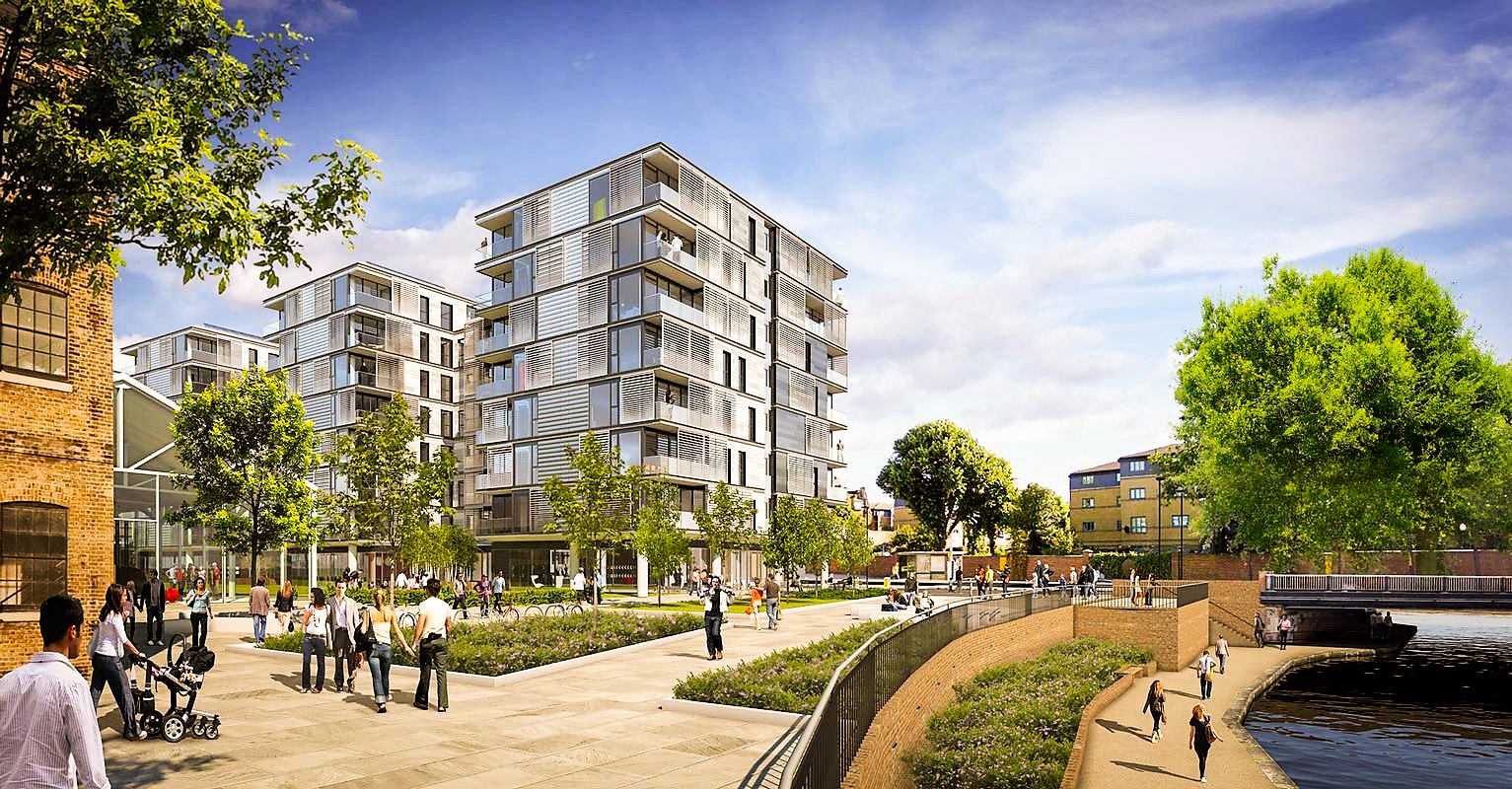
Real Estate Industries - Resources
How to help?
Ideas on how to build and develop like design matters:
Design a building as part of a city, not a single asset: Designing with the understanding that a building is not an isolated asset but a component of the broader urban fabric enhances the human experience and promotes feelings of belonging within the city.
Engage Architects, Urban Designers: Architects and designers dedicate years to comprehending how the experience of place affects individuals' human experiences, underscoring their indispensable role in the development process.
Incorporate Green Spaces: Design developments with integrated greenery, parks, and gardens to promote mental and physical health, offering residents and the community spaces to relax and connect with nature
Prioritize Sustainable Materials: Use eco-friendly and sustainable building materials that minimize environmental impact, ensuring buildings are constructed with the health of the planet and its inhabitants in mind.
Ensure Accessibility for All: Create buildings that are accessible to everyone, regardless of age, ability, or mobility, fostering inclusivity and ensuring all citizens can enjoy and utilize the spaces.
Design for Community Interaction: Plan communal areas within developments that encourage social interaction and community building, such as shared rooftops, communal gardens, and multipurpose community halls.
Focus on Mental Well-being: Integrate design elements known to enhance mental well-being, such as ample natural light, open spaces, and areas for quiet and reflection.
Incorporate Active Design: Encourage physical activity through the design of the built environment, including stairs, walkable pathways, and proximity to local amenities and public transport.
Adopt Mixed-Use Developments: Create mixed-use spaces that blend residential, commercial, and recreational uses, fostering vibrant, active communities and reducing the need for long commutes.
Engage with Local Communities: Involve local communities in the planning process to ensure developments meet their needs and reflect their values, enhancing social value and local integration.
Implement Smart Technology: Utilize smart building technologies that improve energy efficiency, enhance security, and provide convenience, all while prioritizing the health and comfort of inhabitants.
Promote Cultural and Artistic Expression: Integrate cultural and artistic elements into building designs and public spaces, enriching the community's cultural landscape and offering avenues for creative expression and joy.
The real estate industry stands at a crossroads where it has the potential to drive profound societal change by prioritizing the construction of buildings that offer both social and economic value. By integrating spaces that promote health, facilitate learning, and increase joy, developers can contribute significantly to improving the quality of life for all. This holistic approach to building development considers the wider implications on citizens, not just immediate stakeholders and users. It acknowledges that the structures we erect are more than just physical spaces; they are environments that can either enhance or diminish our well-being, from influencing health outcomes to affecting educational achievements.
Furthermore, when real estate developers embrace their role as key players in societal health and happiness, they invest in the future of cities and their inhabitants. This means creating buildings that do more than meet basic needs; they must inspire, support community engagement, and foster environments where people can thrive. Such an approach requires a deep understanding of the multifaceted impact of architecture on daily life, including its potential to combat disease, boost educational attainment, and generate joy. By viewing each project through this lens, the real estate industry can contribute to building a more equitable, healthy, and joyful society.
Key Resources
1. WELL Building Standard
A performance-based certification measuring the impact of buildings on human health and well-being across ten core concepts, including air, water, light, and community.
wellcertified.com
2. SEAM Certification
A framework assessing social equity in real estate, focusing on dignity, community well-being, and economic opportunity.
seamcertification.org
3. Fitwel Certification
A health-focused rating system developed by the CDC and GSA to promote wellness in workplaces, residential, and commercial buildings.
fitwel.org
4. LEED (Leadership in Energy and Environmental Design)
A widely recognized certification evaluating sustainable building practices, including energy efficiency, water use, and indoor environmental quality.
usgbc.org
5. RESET Standard
A data-driven certification emphasizing real-time monitoring of indoor air quality and environmental performance in buildings.
veregy.com
6. UL Verified Healthy Building Program
A certification assessing indoor air and water quality, lighting, and acoustics to ensure a healthy indoor environment.
https://www.ul.com/services/verified-healthy-buildings
7. Living Building Challenge
A rigorous certification requiring buildings to meet performance standards in seven areas, including energy, water, materials, and human health.
living-future.org
8. BREEAM (Building Research Establishment Environmental Assessment Method)
A UK-based sustainability assessment method covering energy efficiency, carbon reduction, and occupant well-being.
https://bregroup.com/
9. "How Real Estate Development Can Boost Urban Health"
This article discusses how developers can enhance community well-being by conducting health situation analyses, leading to new value rooted in place.
10. "Wellness Lifestyle Real Estate & Communities"
The Global Wellness Institute explores how intentionally designed real estate can minimize environmental impacts on human health, reduce stress, and promote earth-friendly practices.
globalwellnessinstitute.org
11. Social Value Portal
The Social Value Portal is a platform that helps organizations measure, manage, and report on the social value they create. It offers tools and frameworks, such as the Real Estate Social Value Index (RESVI), to assist real estate developers in integrating social value into their projects. By focusing on themes like job creation, community well-being, and environmental sustainability, the portal enables developers to align their projects with broader societal goals.

